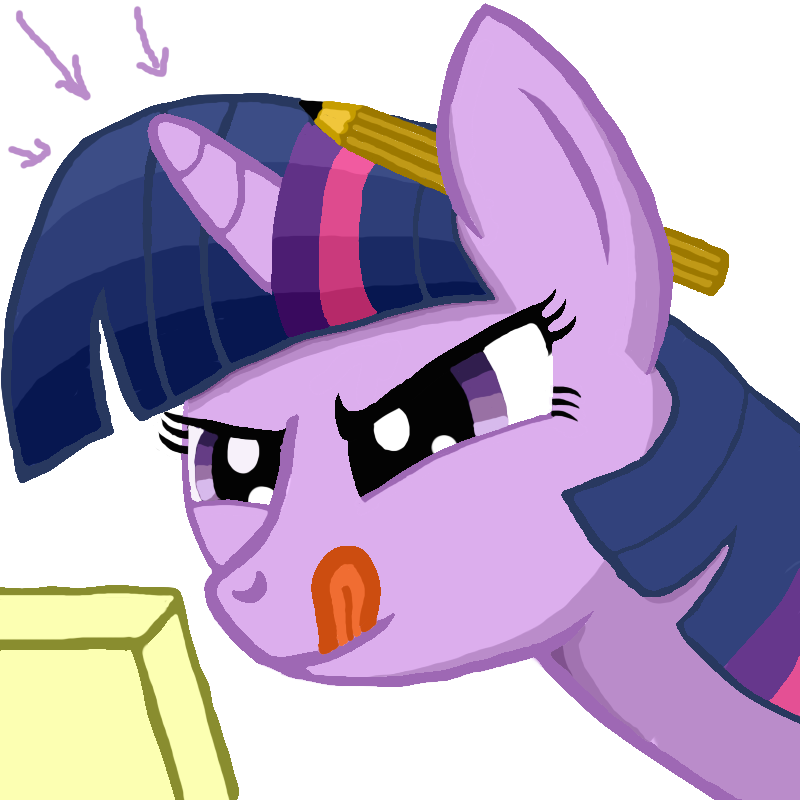 Another day another guide... how are you today?
Another day another guide... how are you today? There's something missing from this guide... help me find it!
There's something missing from this guide... help me find it!Number one rule for a big project:
Planning
There are many ways to plan, but all too often we get caught up in the text of it rather than the visual planning.
 Visual planning? What the heck?
Visual planning? What the heck?Visual planning consists of many things.
References!
Drawing from a landscape? A specific pony? A specific art style? Compile your references.
Thumbnail sketches
I cannot overemphasize the importance of these. They're very small very messy sketches that are just there to experiment with the overall composition.
 78 thumbnails done? Check.
78 thumbnails done? Check.Placement, big sweeping lines, things like that. You can go into value with these too and see how you will place darks, mediums, and lights. Do thousands of these. Composition is off? Go back and do one, trying to fix everything. These allow for big sweeping changes everywhere or just the right changes in the right spots.
What is a thumbnail drawing? An attempt to capture the overall composition on a small scale. It is a way to set up proportions, perspective and placement. This way it is quick, easy to change, and you can get out all the different ideas you have.
Planning planning
What are you going to draw? How do you want it to feel? What do you want to capture? All of these things are flexible throughout the drawing process, but have something down and somewhere to start. Where your drawing ends up is never exactly the original intention. Go with the good and interesting things that happen.
Step by step
Things aren't always separate in art... sketching and inking merge together.. shadows and coloring are inseparable. But put together stage ideas for your work.
 Step by step, checking it together.
Step by step, checking it together. You're crazy Twilight.
You're crazy Twilight.Does it go sketch, ink, color, this shadow type, that shadow type, texture, atmosphere? Or does the inking bleed into the texture? Is it something to perhaps to ink basically first and come back to later? Of course the most important step here is to respond to what you have while drawing but having this plan gives you a start.
Studies
These are kinda like thumbnails but more specific. Is there a texture you don't know how to do? A body part that's confusing you? A shadow that doesn't make sense? Section off that part from a reference, big or small, and capture it. By capture I mean copy it over and over, faster each time until you understand the process of putting that together. This is invaluable to learning. Any of these steps can be redone at any time but this is perhaps the most important to work through frustrations. On that note...
Redoing the above
This is awful to hear, but very necessary. Sometimes things don't work out.
 Triple do the checklist to make sure we didn't miss anything when we double checked it!
Triple do the checklist to make sure we didn't miss anything when we double checked it!Or you get a brilliant idea and want to add in a whole new concept... or you find a random thumbnail to be better and want to capture it. Or your piece isn't coming together in the way you'd absolutely have to have it. More thumbnails! More steps! More planning!
Oh yes, all of this applies to smaller projects too.
 I... want..... Questions!
I... want..... Questions!